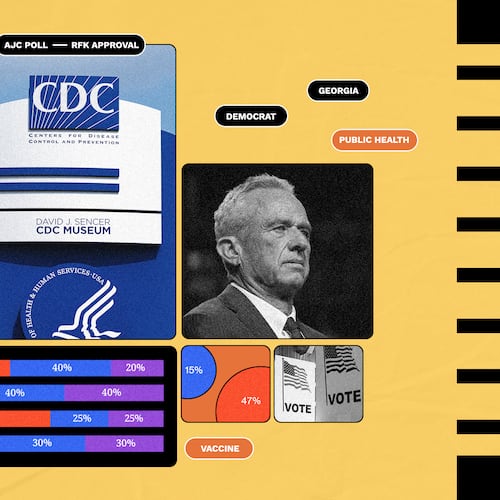Tis the season for sinus infections. During the winter months, drier air — whether outside or in our cozy heated homes — causes the mucus lining in the nose to dry out and thicken, resulting in headaches, body aches and, in severe cases, sinus infections.
“Although many of us tend to associate anything related to sinuses with the high pollen count that arrives with spring, winter can be an incredibly troublesome time for sinus problems for people of any age,” noted The Harley Street Ear, Nose and Throat Clinic.
The sinuses are located above, under and between the eyes, behind the nose, and behind your cheeks. Symptoms of a sinus infection include fever, headache, congestion, runny nose, pus in the nasal cavity and tooth pain.
But while it’s easy to blame the weather for your sinus infection, there are other factors to consider. If you suffer frequently from sinus infections, you may wish to explore other possible causes.
Here are three common causes of sinus infections that aren’t weather-related:
Nasal Polyps
Nasal polyps are small growths that develop from the nasal tissue that blocks sinus cavities, preventing the mucus from draining properly and leading to sinus infections. The restriction of air through the passages can also trigger headaches.
“Small nasal polyps might not cause symptoms. Larger growths or groups of nasal polyps can block the nose. They can lead to breathing problems, not being able to smell, and infections,” explained the Mayo Clinic.
Fungi
Invasive fungal sinusitis is the result of inhaling certain types of spores and molds. This type of infection affects the sinuses and can cause inflammation, stuffy nose and headaches. If left untreated, infection can spread to the blood vessels, eyes, and nervous system.
“Most people breathe in fungal spores every day without getting sick. However, those with a weakened immune system are more at risk of developing an Invasive fungal sinusitis infection,” according to Advocate Health Care.
Nasal Anatomy
Structural problems can also prevent the drainage of mucus.
“For example, a deviated septum—when the center section of the nose is shifted to one side—and enlarged adenoids, tissue masses in your airway, are also often associated with chronic sinus infections,” warned Health.
If you’re experiencing a sinus infection, it’s important to get rest and drink plenty of fluids. Here are a few ways to treat a mild sinus infection:
- Use a humidifier and breathe in steam vapors
- Use warm heat like a wet towel on your face
- Use decongestants, including nasal sprays (but do not use them for more than 3 days).
For more serious infections, seek treatment from your doctor, who will recommend treatment based on the type of infection you have.
“In many cases, your doctor will determine the type (of infection) you have by how long you have had symptoms. Your type also depends on what caused your sinusitis,” added WebMD.
About the Author
Keep Reading
The Latest
Featured

